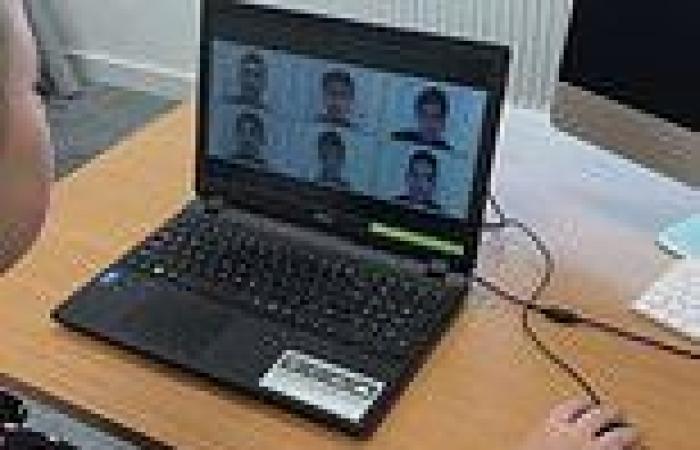Interactive online police line-ups that show 3D images of people's faces can make it easier to accurately identify perpetrators, a new study reveals.
Experts at the University of Birmingham have been testing a new type of software that lets witnesses move a line-up of faces in several directions.
In trials, eyewitnesses who used the software were able to identify perpetrators more accurately when able to manipulate the 3D images of the suspects.
Compared to static photographs, interactive line-ups boosted the correct identification of guilty suspects by 18 per cent.
The software could benefit several countries, like the US, Germany, Canada and Australia, where line-ups consist of static photos, instead of face-to-face viewings, known as a 'live ID', as well as in the UK.
In the UK, lineups are conducted in identification suites, where witnesses watch video identification parades on a computer screen, rather than a live ID.
'Live IDs are not used because they are expensive and difficult to organise,' study author Professor Heather Flowe told MailOnline.
'It could be hard to find people who match the witness' description of the perpetrator.'
The software, developed and tested at the University of Birmingham's School of Psychology, lets witnesses rotate and view line-up faces from different angles.
Users can 'dynamically view the line-up faces from -90 degrees to 90 degrees and hold the faces in any pose desired'.
For the study, researchers recruited more than 3,000 volunteers who acted as 'witnesses' to test how well they could identify a fake suspect using the software.
The volunteers watched a video of a staged crime being committed – a man stealing a handbag from behind a female victim – and were then shown images of the perpetrator, alongside 'filler' images of similar faces.
When the eyewitnesses were able to rotate the image to match the alignment of the perpetrator's face in their memory, they were






